Las Vegas man shut down 13 Nevada banks during recession
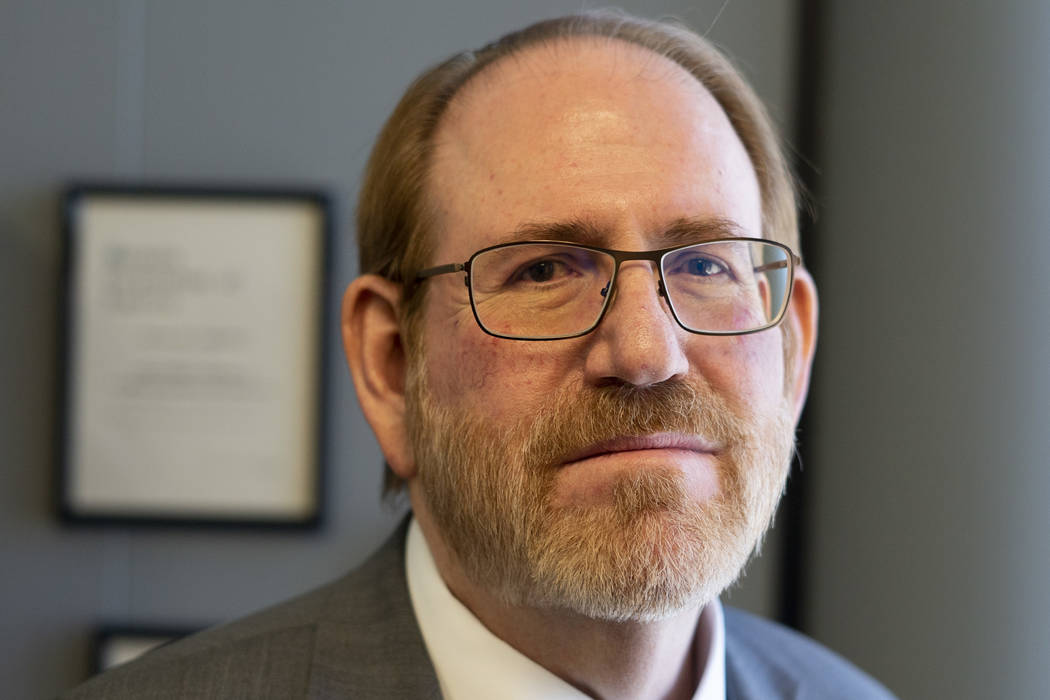
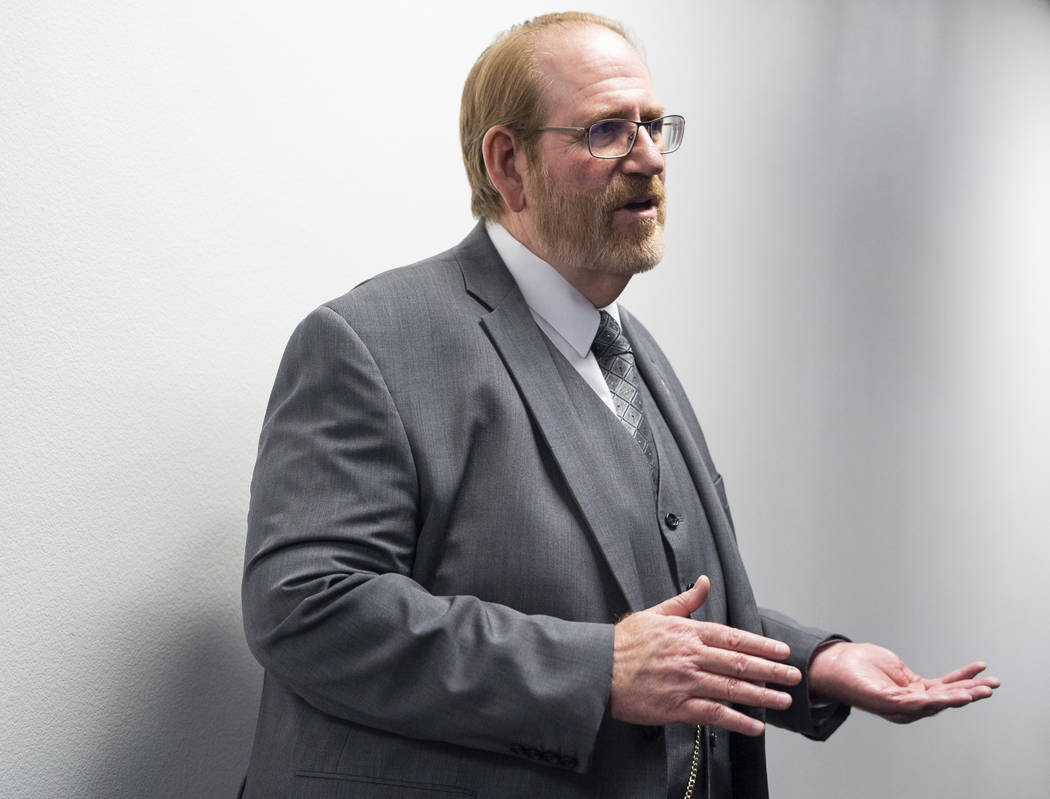

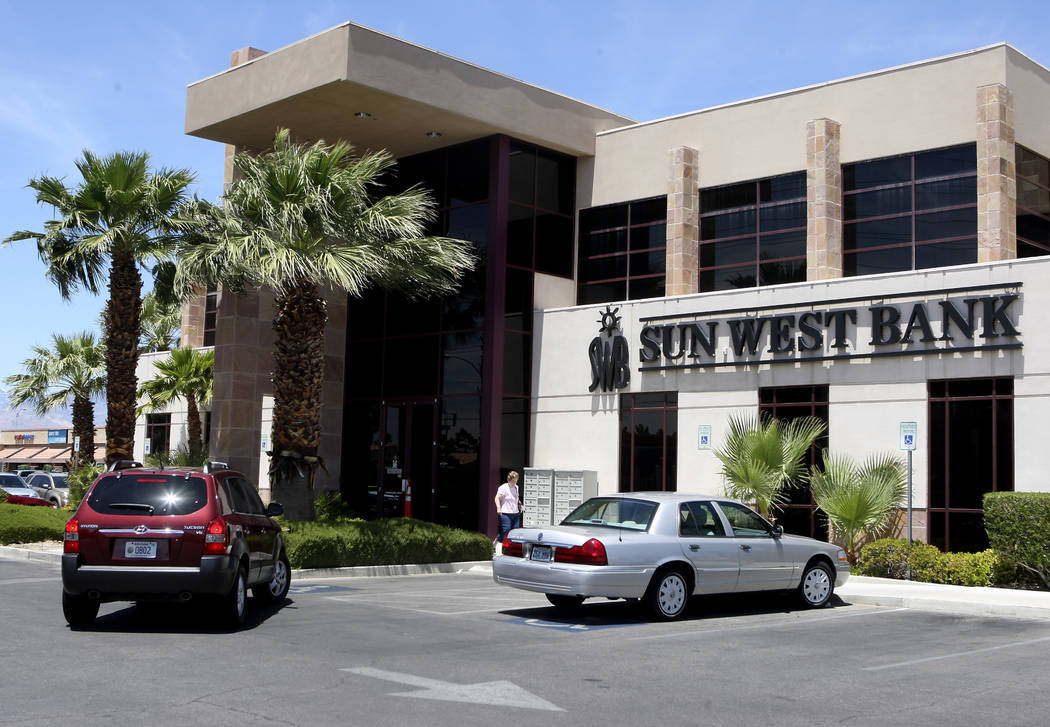

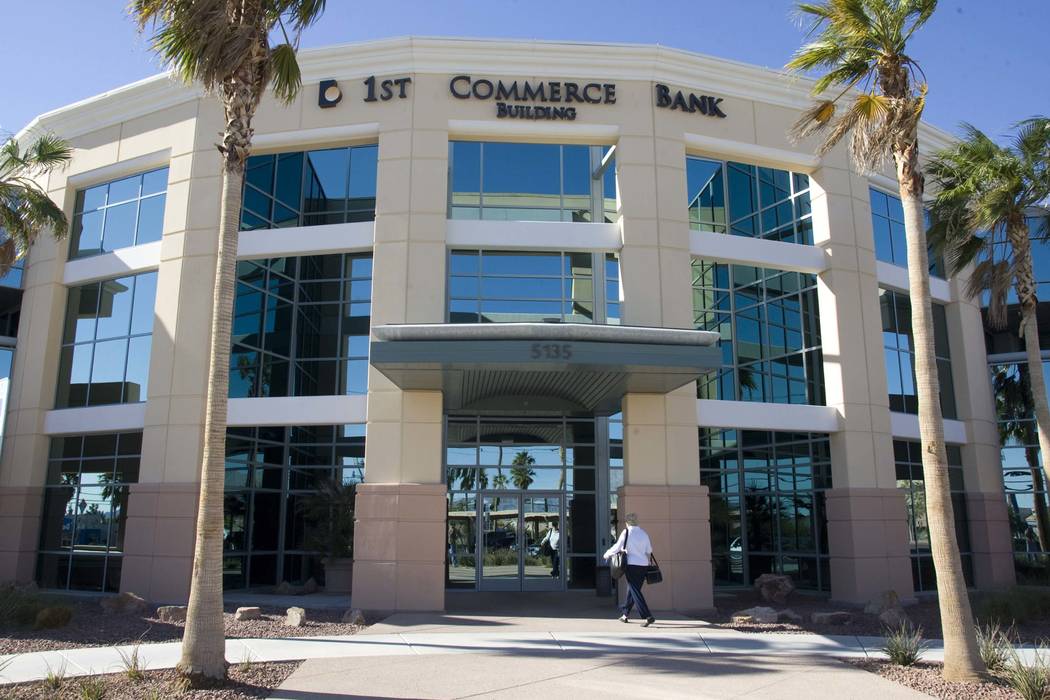
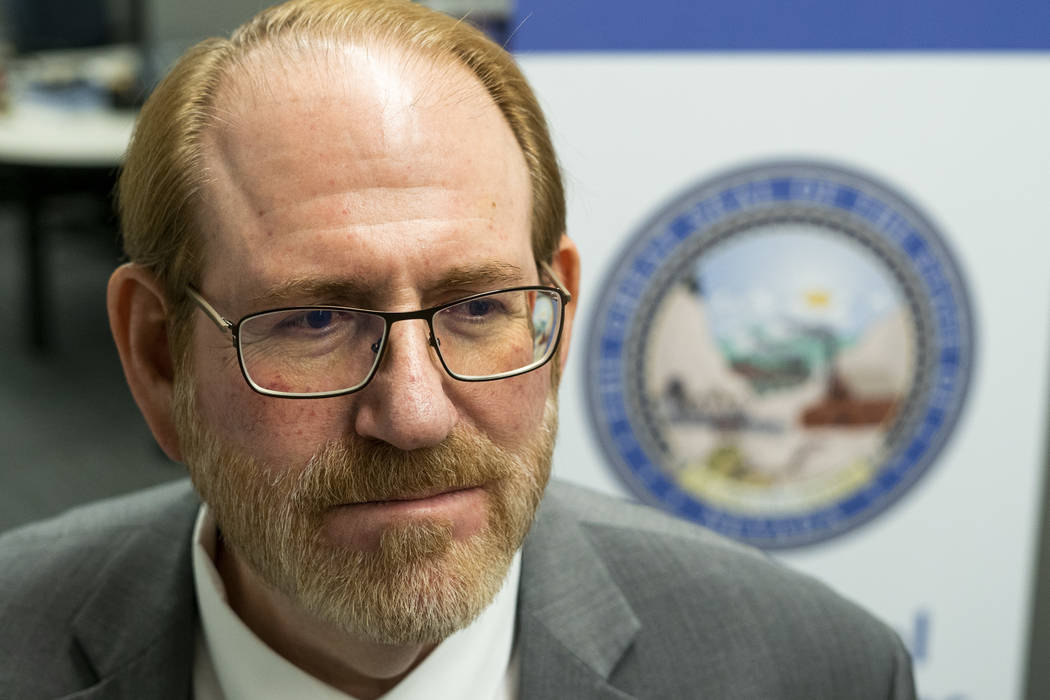
On a late Friday afternoon, George Burns walked into Carson River Community Bank to shut down his seventh bank in Nevada in 20 months.
As commissioner of the state’s Financial Institutions Division, it was Burns’ job to deliver the news to bank owners and employees that their institution could not be saved.
The collapse of Lehman Brothers a decade ago this month triggered the worst financial crisis since the Great Depression. And it toppled Nevada banks like dominos.
Burns would have to close 13 state-chartered banks between 2008 and 2013 as mounting real estate defaults and a run on deposits left them with too little cash to meet their obligations.
Those failures wiped away more than half of Nevada’s chartered banks. No other state lost as many by percentage.
But closing Carson River on Feb. 26, 2010, was one of the more unpleasant experiences for Burns during the crisis.
As he entered the bank, he recognized the teller at the customer line. It was the very woman who taught him how to balance a teller draw when he began his banking career in Nevada in 1979.
“The toughest thing for me was that every bank I was dealing with during the financial crisis had people in it that I either worked for or with during my career. Having to go in and place them under enforcement actions and having to eventually show up on a Friday afternoon to close their doors was very, very difficult,’’ he said.
Though the failed lenders were taken over by competitors and depositors were made whole, hundreds of people lost their jobs. Owners completely lost their equity.
Deposits lent out out
When Burns became commissioner in 2007, Nevada banks lent out, on average, 95 cents for every dollar of deposits they received. Some were lending more than they had in deposits.
Much of it went to the state’s red-hot real estate sector, including loans for land purchases and development, which carry higher risk.
Banks that lend out between 80 and 85 cents for every dollar of deposits they receive are typically considered sound if the loans are diversified among various segments of the economy.
Lending out a higher portion of deposits can increase profitability, but it also raises the risks of bankruptcy, especially when an economic downturn triggers a run on deposits.
“The overall theme of Nevada bank failures was not due necessarily to a lack of capital, but rather a lack of liquidity. They could not meet the demand for withdrawals from depositors. If they cannot pay out their depositors, they are no longer viable,” Burns said.
Burns had seen this circus before with the savings and loan crisis of the 1980s and early 1990s that devastated the financial industry in Texas and other Southwest states.
“The S&L crisis was basically the same as the banking crisis of ’08 of getting way overextended in land loans and development loans,” he said.
However, many bankers operating in Nevada in 2008 had never experienced a major downturn, he said, and that blinded them to potential risks of lending out 100 percent of deposits and concentrating them into real estate.
“If all of their experience had been in banking and lending in an upswing economy, which for decades was the case here in Nevada, particularly in southern Nevada, then the understanding that there could be a downturn was not prominent in their minds,” he said.
Late nights
Burns said he was sometimes working 14 to 18 hours a day and on weekends during the darkest days of the crisis.
The Financial Institutions Division increased examinations of banks from once every 18 months to once a quarter or once a month as needed. Some troubled lenders were being monitored on a daily basis.
He requested and received permission from the Nevada Legislature to hire 10 more examiners to cope with the increased burden.
Nevada State Bank Chairman Dallas Haun recalled speaking with Burns on a regular basis during those days. His bank took over two of the failed banks and managed the shutdown of a third.
“George and I worked pretty closely together for two to three years. Let’s face it, he had a tough situation. I thought he stepped up,” Haun said.
After the dust settled in 2013, depositors in the failed Nevada banks had lost only $9.3 million out of $5.05 billion, or 0.2 percent. The majority of that was lost by corporations, not individuals, Burns said.
The Federal Deposit Insurance Corp. backstopped $1.7 billion, or more than one-third of the combined deposits in those failed banks.
Fresh memories
Burns said Nevada bank executives and directors are some of the most experienced today because they weathered the financial storm.
They have learned firsthand the dangers of having loans exceeding deposits, high concentrations of loans to one sector and low or no down payments. They know that assets, such as home prices, don’t always go up, he said.
Burns is concerned, though, that the next generation of Nevada bank leaders will forget these lessons in the inevitable quest for profits.
“We never want to be in that position again where one of our bankers is having to be George Bailey in ‘It’s a Wonderful Life’ having to say, ‘Well, I don’t have your money here today, because it’s in Joe’s house and Mary’s house.”
Contact Todd Prince at 702-383-0386 or tprince@reviewjournal.com. Follow @toddprincetv on Twitter.
Transition to retirement
When George Burns was tapped in July, 2007 to become Nevada Financial Institutions Division Commissioner, he thought the job would be a “nice transition” into eventual retirement.
The Financial Institutions Division is responsible for the licensing, examination and enforcement of all financial institutions, excluding mortgage companies, in the state of Nevada.
Its team of 35 employees, including 31 examiners, oversees today 1,500 institutions covering 14 different segments such as payday lenders and collection agencies in addition to state-chartered lenders and credit unions.
Burns worked his way up over 28 years from a teller to overseeing risk management, audit and compliance at large banks, including Bank of America’s retail division in the Southwest.
As commissioner, he thought he would be spending his days dealing with the “hot” issues of the time concerning payday lenders and retail trust companies.













